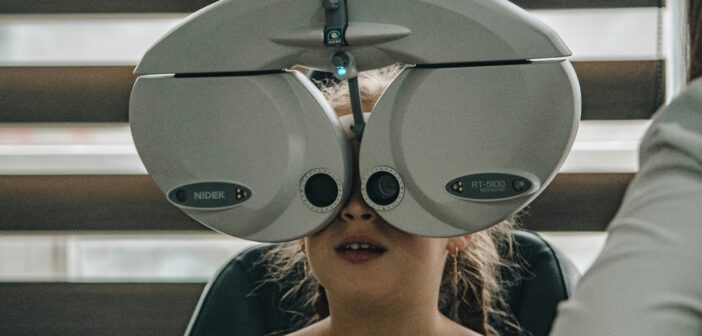Eye health concerns are on the rise in the United Kingdom. A recent survey on eye problems revealed that 41% of Brits suffer from eye issues that impact their quality of life. Despite this, the study also found that four in 10 Brits ignore signs of potentially serious vision problems, with 62% delaying their eye checkups out of fear of dealing with surgery for vision correction.
As more people subject their eyes to prolonged screen time and ultraviolet rays from the sun, there might just be an upward trend of increasing eye health conditions in the future, especially when people ignore the long-term effects of untreated eye issues.
Presently, many Brits suffer from conditions like cataracts, diabetic retinopathy, glaucoma, and age-related macular degeneration, which could all lead to irreversible vision impairment. Apart from fear, another possible reason why these patients have no proper diagnosis and treatment is the inaccessibility of eye care services. To solve this, multiple sectors – from the National Health Service (NHS), government, and even private entities – have stepped up to establish more measures for diagnosis and management. Here’s what you need to know:
Improved digital imaging technology
Long waiting times for an appointment with an ophthalmologist have always been a problem that hinders patients from receiving early diagnoses. To reduce long queues, the NHS has proposed various improvements to diagnostic imaging to help speed up eye care treatment for patients. An enhanced digital imaging technology will enable physicians to have a more accurate and comprehensive view of patient’s eye care needs and prioritise those who need immediate treatment. These measures can help make ocular healthcare more accessible throughout the UK and prevent unnecessary referrals, helping patients save time and money.
Accessible eye care tests
Private entities like online eyewear retailers have also made eye care services more accessible, which is useful if you can’t afford to wait in long queues for NHS services. Vision Express, in particular, lets you book eye test appointments so you won’t have to deal with long waiting times. By simply inputting your UK city or postcode, you can find the nearest store that offers eye tests and choose among the different types, such as advanced, NHS-funded, or children’s eye tests, depending on your need. They also offer other products for eye care, such as eye drops, which can be used to prevent infection or treat vision problems like dry eyes and conjunctivitis, especially in young children.
Addressing health inequalities
Our previous article on plans to improve the health and well-being of Warrington residents mentioned strategies to provide locals with an opportunity for a healthier life. Such initiatives from local governments to address health inequalities can also extend to the national level. One good example is the rollout of free eye tests to special school settings that benefitted around 165,000 children. This government project has allowed children with learning difficulties to address concerns regarding their vision. Providing free eye tests in schools also offsets the need for children and their parents to travel to far places for eye care, allowing them to save money and time. Eye conditions can hamper learning and development for children with learning disabilities, and providing them access to eye care services can help them overcome these difficulties.
With the rising cases of eye issues in the UK, initiatives to enhance treatment and management have been steadily making waves. From free eye tests to improved digital imaging techniques, measures to improve eye care services are a step in the right direction to achieving accessible health care.




